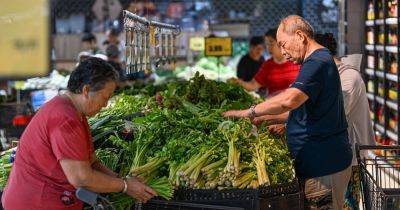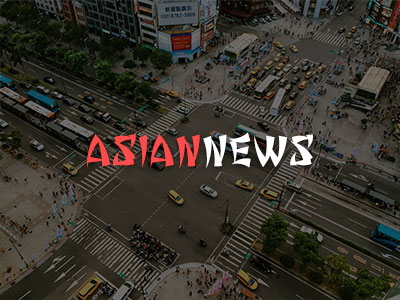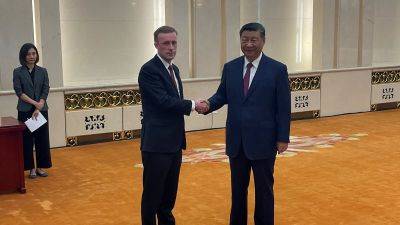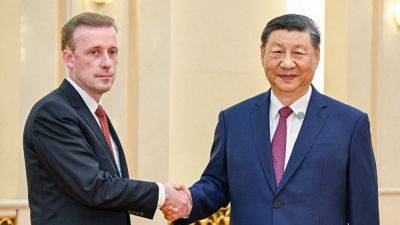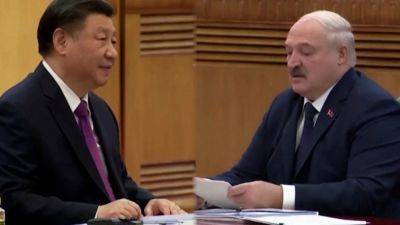China’s sluggish factories spurring hotter stimulus calls
That loud sputtering sound emanating from China is increasing in volume as factory activity contracts for a fourth straight month.
China’s official manufacturing purchasing managers’ index (PMI) dropped to 49.1 in August from 49.4 in July. Since April 2023, this key barometer has been below the 50-mark separating expansion and contraction for all but three months.
It suggests that Beijing’s efforts to revive Asia’s biggest economy care gaining less traction than hoped.
“We believe more fiscal easing is necessary to help secure the around 5% full-year growth target,” says Yuting Yang, an economist at Goldman Sachs Group.
At the moment, trade tensions with the West and debt troubles weighing on local governments are limiting Beijing’s ability to boost consumer spending.
Add in great uncertainty about who might be leading the US economy five months from now – and the magnitude of new tariffs on China-made goods – and Xi Jinping’s government is under increasing pressure to spur growth at home.
Xi’s “fridges-not-bridges” pivot, as some economists call it, aims to put household spending in the driver’s seat.
After the slowdowns of recent history — like the 2008 Lehman Brothers crisis — Beijing switched on the infrastructure engine.
This time, though, with local government finances in distress and overcapacity sweeping the nation, Team Xi is looking to ignite a domestic demand-led growth boom.
The economic payoff for all those massive skyscrapers, six-lane highways, international airports and hotels, white-elephant stadiums, sprawling shopping districts and amusement parks has become less and less over time. And the bill is now coming due.
Pulling off this transition is easier said than done in the post-Covid-19 era. A


